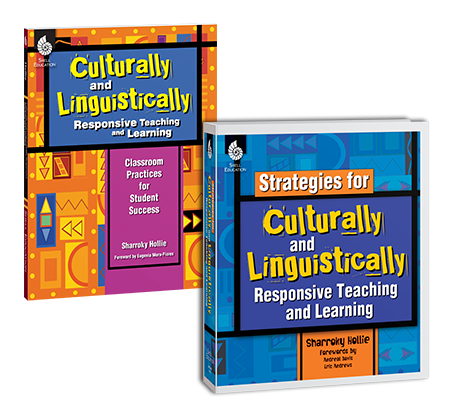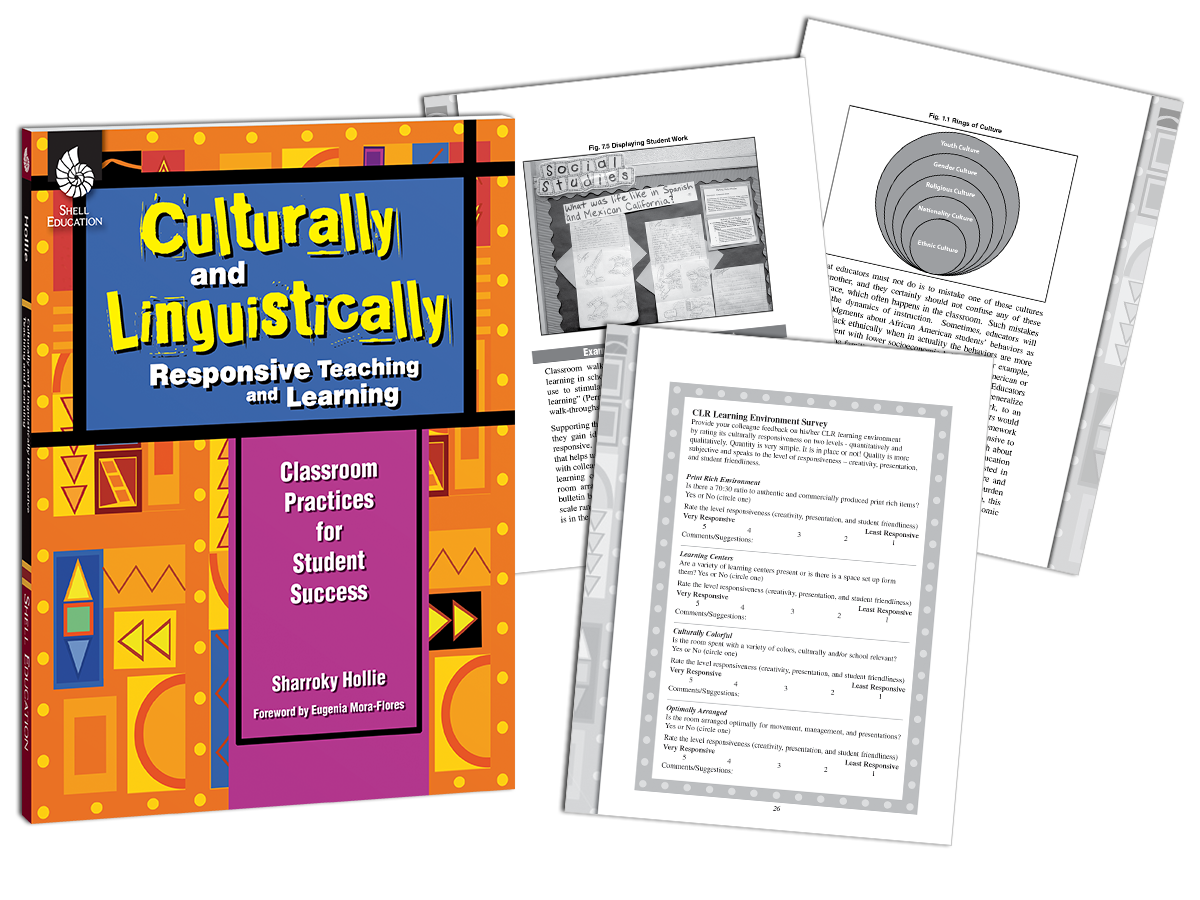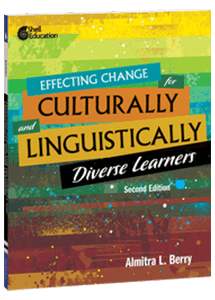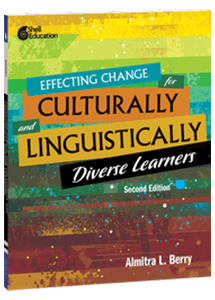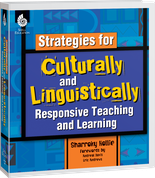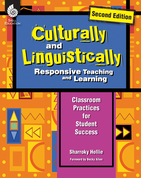What are the core components of culturally responsive teaching?
Culturally responsive pedagogy is comprised of four primary components:
-
The Gatekeepers of Success
These areas are key to student academic success - regardless of students' culture or race, they will not succeed in school without proficiency or mastery in these areas. -
Methodology Continuum
Instructional methodologies (traditional, responsive, and culturally responsive) fall along a continuum - all instruction must fall along this continuum to be considered culturally responsive teaching (i.e. validating and affirming of students' cultures and linguistic backgrounds). -
CLR Categories and Activities: The Formula for Student Success
The CLR formula of success is Quantity (using many CLR activities frequently) + Quality (the activities are implemented with intention and accuracy) + Strategy (knowing when to use certain activities and for what purpose). Using this formula and associated CLR activities results in increased student engagement and better student outcomes. -
Re-imaging the Learning Environment
Teachers must De-Blumenbach (e.g. use racially representative images), De-commercialize (e.g. use student artwork), and De-superficialize (e.g. add historical and visual representations of students’ cultures and home language) their classroom walls to provide an authentically responsive classroom environment.
To implement culturally responsive teaching in the classroom successfully, educators must not only shift their mindset but build new skillsets to ensure they can talk to, relate to, and teach students equitably and without bias. Fortunately, culturally relevant teaching is possible with the Teacher Created Materials / Shell Education professional resources found above.
How can educators integrate culturally and linguistically responsive teaching strategies into their classrooms successfully?
Examples of effective culturally responsive teaching strategies include but are not limited to:
- Using Call and Response Stop on a Dime attention signals for classroom management
- Using a personal thesaurus to build and expand student academic vocabulary based on home language vocabulary (i.e. synonym development)
- Reading culturally responsive supplemental resources to add a culturally relevant perspective to standards-based curriculum and texts
- Incorporating interactive read aloud strategies to build engagement with the text and support reading proficiency
You can discover more CLR strategies and how to implement them successfully by reading our blog and the Shell Education resources available in the product boxes above, including Culturally and Linguistically Responsive Teaching and Learning: Classroom Practices for Student Success and Strategies for Culturally and Linguistically Responsive Teaching and Learning by Dr. Sharroky Hollie.
Dr. Sharroky Hollie is the Executive Director of the Center for Culturally Responsive Teaching and Learning, a non-profit organization dedicated to providing stellar professional development for educators desiring to become culturally responsive or improve their cultural responsiveness. In addition to these endeavors, he and two colleagues founded the Culture and Language Academy of Success and he has contributed a chapter in the Oxford Handbook of African American Language (2015).
